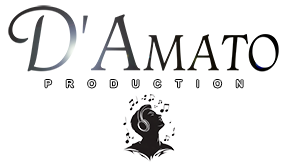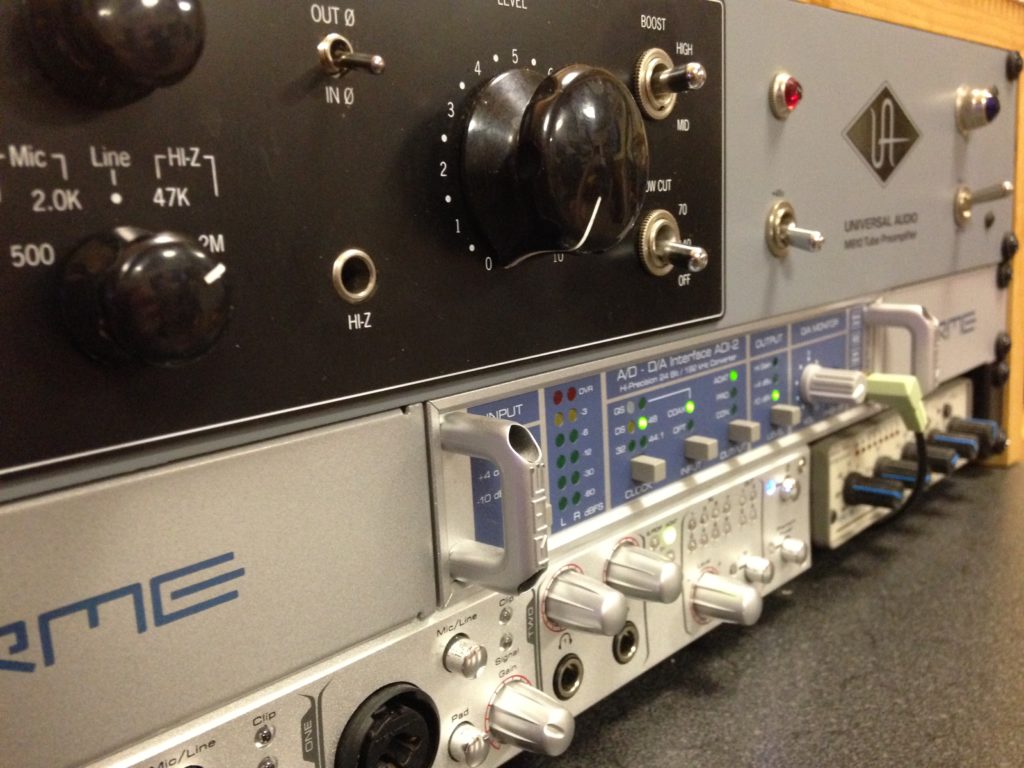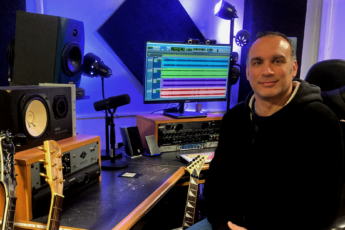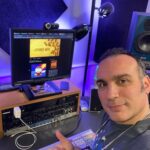The Value of Outboard Gear vs. the Components in a 24-Channel Tascam Mixer
When it comes to professional audio recording, the debate between outboard gear and integrated mixer components is ongoing. While vintage and modern Tascam 24-channel recording mixers have been workhorses for many studios, the reality is that their individual components (preamps, EQs, compressors, etc.) hold far less value than dedicated outboard gear. This article explores why outboard processors often surpass the built-in features of a Tascam mixer in terms of sound quality, flexibility, and resale value.
1. The “Jack of All Trades” vs. Specialized Performance
A 24-channel Tascam mixer is designed to handle multiple recording and mixing tasks in a single unit. However, this means that each component—whether it’s a preamplifier, equalizer, or bus compressor—is a compromise rather than a high-end solution. In contrast, outboard gear is dedicated to a single function, allowing manufacturers to fine-tune circuits for optimal sonic performance.
Example Comparison:
- Tascam Mixer Preamp – Functional but often clean, flat, and uninspiring.
- Standalone Mic Preamp (e.g., Neve 1073, API 512c) – Offers color, warmth, and dynamic depth that built-in mixer preamps rarely achieve.
The same applies to EQs and compressors: a Tascam’s onboard EQ may provide broad adjustments, but a Pultec-style EQ or an SSL channel strip will deliver musical, high-quality sculpting that vastly outperforms a mixer’s built-in section.
2. Build Quality & Circuitry: Cost-Cutting in Mixers
To keep costs down, mass-produced recording mixers like Tascam use:
- Lower-cost op-amps and capacitors
- Simplified circuit designs
- Shared power supplies for multiple channels
Outboard gear, especially high-end analog units, features:
- Higher-grade components (e.g., hand-wired transformers, discrete Class A circuits)
- Independent power supplies for better signal integrity
- Precision engineering for detailed sound shaping
For instance, an outboard tube compressor like a Teletronix LA-2A will provide a level of warmth and harmonic richness that an onboard Tascam mixer compressor simply cannot match.
3. Resale Value: Outboard Gear Holds Its Worth
One of the biggest reasons outboard gear is a better long-term investment than a mixer’s built-in components is resale value.
Resale Trends:
- Tascam Mixers: Lose significant value over time because they are mass-produced and eventually become obsolete due to technological advancements.
- High-End Outboard Gear: Retains value—and sometimes even appreciates—because analog hardware remains desirable in studios worldwide.
For example:
- A Tascam M-2600 MKII mixer that once retailed for $2,000+ might only sell for $500 today.
- A Universal Audio 1176 compressor, purchased for $1,200, may still be worth $1,000+ years later, as its value is tied to sound quality, not technological obsolescence.
4. Workflow Flexibility & Upgradability
Outboard gear allows you to customize and upgrade your recording chain over time. Instead of being stuck with one set of built-in components, you can:
- Swap out preamps for different tonal flavors
- Use multiple EQ types for varied frequency shaping
- Add high-end compressors and effects without replacing an entire console
A Tascam mixer, on the other hand, is fixed—you’re stuck with the internal preamps, EQs, and compressors. While it can serve as a solid front-end for recording, it doesn’t provide the same modular approach as outboard gear.
Conclusion: Outboard Gear Wins in Value & Performance
While a Tascam 24-channel mixer is a useful tool for routing, summing, and basic mixing, its individual components don’t compare to the sound quality, flexibility, and resale value of dedicated outboard gear. If you’re serious about professional-grade recordings, investing in high-quality outboard preamps, EQs, and compressors will yield better long-term results than relying on a mixer’s built-in features.
For budget-conscious studios, a hybrid approach—using a mixer for routing and integrating key outboard gear for critical signal processing—is often the best of both worlds. However, if you’re after true high-end analog sound, outboard gear is the clear winner.



